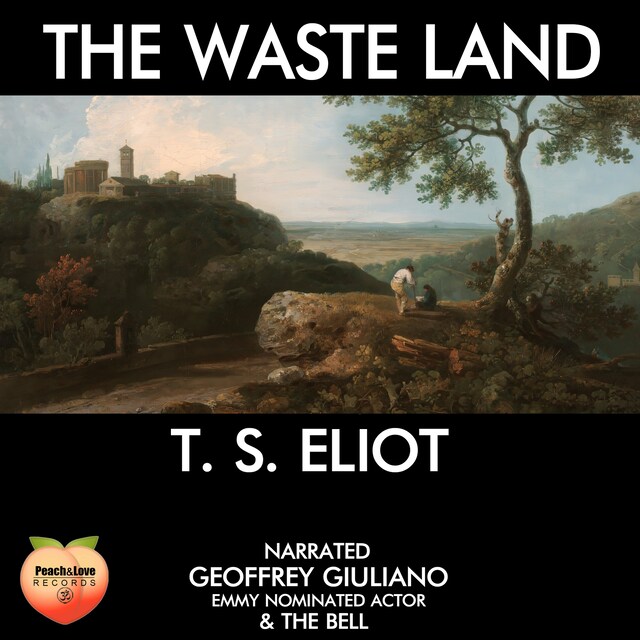
The Waste Land
Om bogen
The Waste Land" is a seminal modernist poem by T.S. Eliot, first published in 1922. Known for its complex structure, eclectic references, and rich symbolism, the poem is widely regarded as one of the most important works of 20th-century literature.
Comprised of five sections—"The Burial of the Dead," "A Game of Chess," "The Fire Sermon," "Death by Water," and "What the Thunder Said"—the poem captures the disillusionment and despair of the post-World War I generation. Eliot employs a fragmented style, interweaving various voices and allusions from literature, mythology, religion, and history to depict a world that is spiritually barren and culturally fragmented.
Key themes in "The Waste Land" include the decay of Western civilization, the search for meaning in a post-war world, and the potential for regeneration and renewal. The poem is noted for its use of free verse, shifting perspectives, and its dense intertextuality, drawing on works from Dante's "Divine Comedy" to the Hindu Upanishads.
"The Waste Land" has been subject to extensive analysis and interpretation, and it continues to influence writers and scholars with its portrayal of modern existential angst and its innovative use of poetic form and language.


